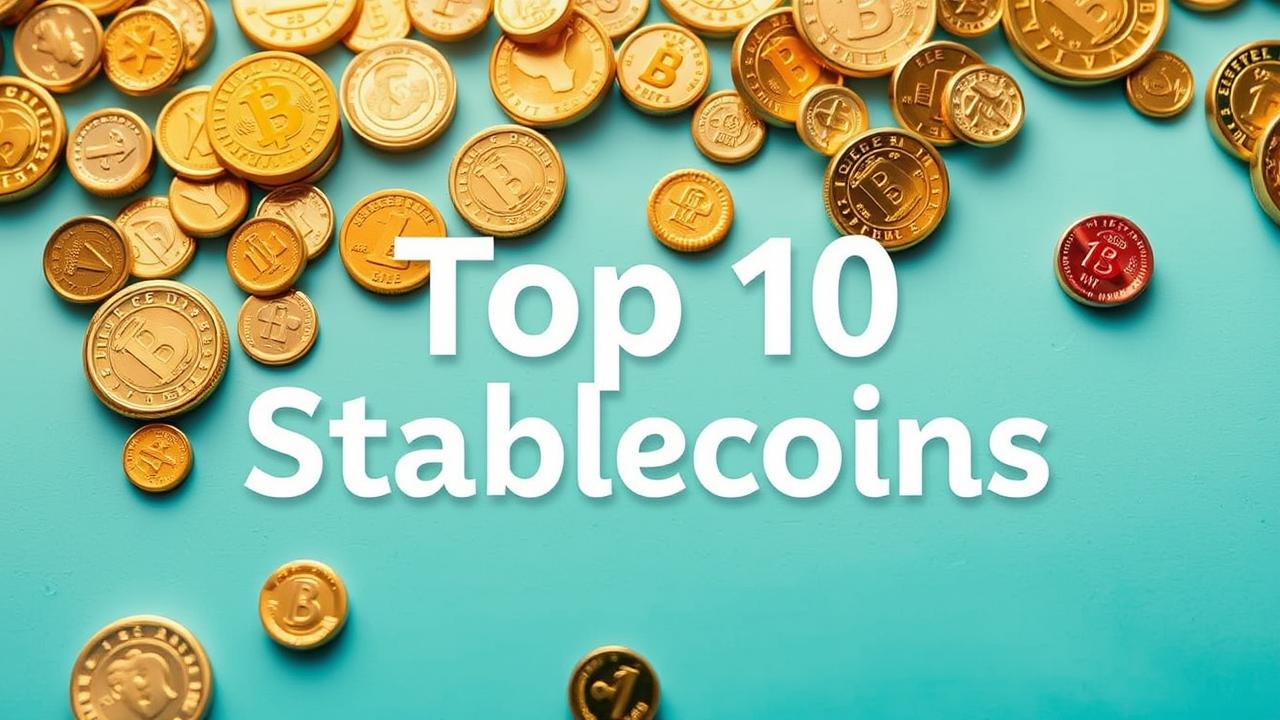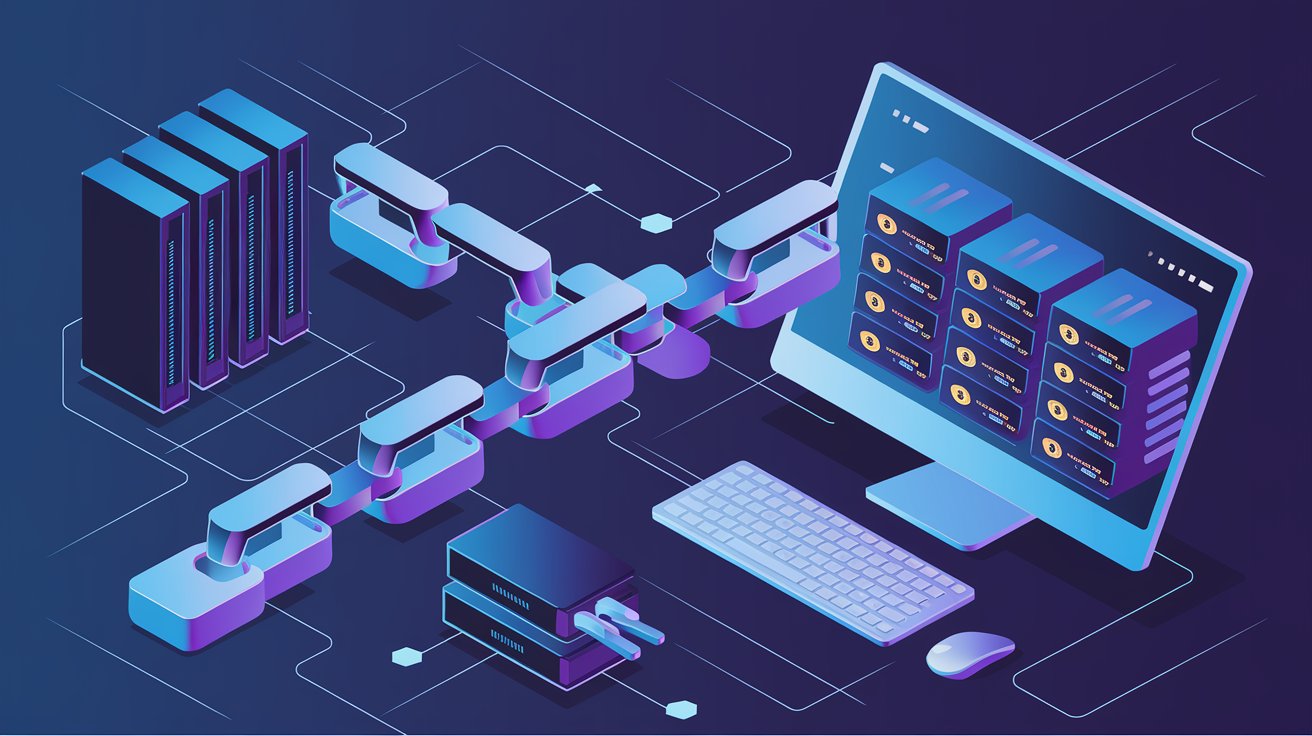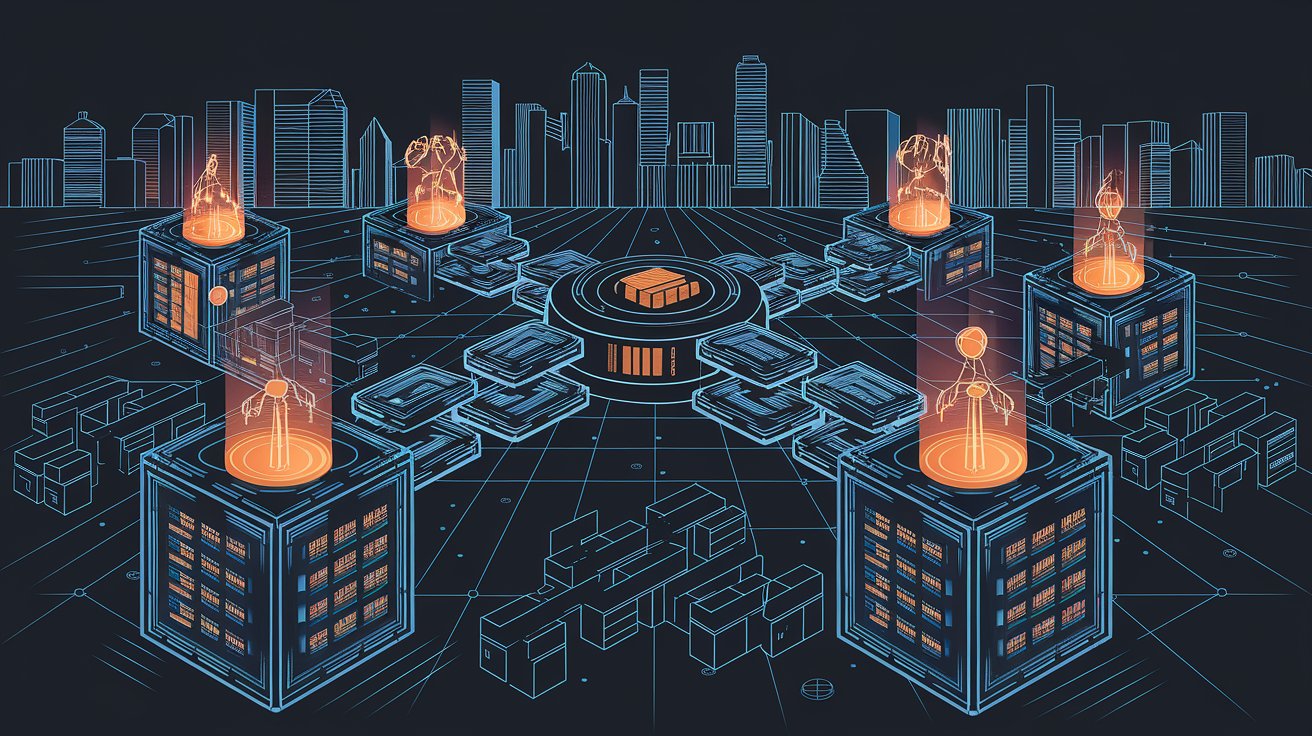Have you ever wondered how in-game rewards like skins, tokens or special items can have real-world value?
Today’s gaming world is changing fast. With tokenomics, players can now earn, trade and even sell their digital assets.
But with so many new terms and concepts, it can be hard to understand how this works.
In this post we’ll break down tokenomics for gaming ecosystems in simple terms so you can understand how it affects players, game developers and the gaming world as a whole.
Read also
Tokenomics in Gaming
Virtual Economies in Games
In traditional video games, players use in-game currency like gold or coins to buy items, power-ups and skins.
Tokenomics takes this to the next level. A virtual economy in gaming refers to how resources including in-game tokens are created, distributed and used in the game.
Players can earn tokens by playing the game, completing tasks or winning battles.
Unlike traditional in-game currencies, tokens in gaming ecosystems have real-world value. Players can trade them with others or even exchange them for real money in some games. This creates a new dynamic where players can actively participate in the game’s economy and affect their financial success.
Tokenomics Shapes Game Design
Game developers are now incorporating tokenomics into their game design. The idea is that players will be motivated by the ability to earn tokens, trade them or even sell them.
These tokens can represent in-game items, skins or other valuable assets. This makes the game more engaging for players and opens up new revenue streams for developers.
Tokenomics requires careful planning. Developers need to strike a balance between a rewarding system for players and a stable and sustainable economy over time.
Tokenomics for Gaming Ecosystems
Tokens as Digital Assets
Tokens are digital assets that can be used and exchanged within a game. There are two types of tokens in gaming ecosystems: fungible tokens and non-fungible tokens (NFTs).Fungible tokens are interchangeable and have the same value. For example in a game 100 coins may always be worth another 100 coins.
Non-fungible tokens (NFTs) are unique and cannot be replaced. They often represent rare items, collectibles or assets like special skins or characters in a game.
These tokens are often built on blockchain technology which ensures they are secure, traceable and can be traded outside the game on various platforms.
Supply and Demand in Gaming
Just like in the real world, supply and demand plays a big role in virtual economies.
If a certain in-game item or token becomes rare its value might increase. On the other hand if there are too many of a certain token or item its value might decrease.
This balance is crucial for keeping a game’s economy stable and for players to have a reason to participate in the game’s financial ecosystem.
Inflation and deflation are also factors to consider. If a game floods the market with too many tokens the value of those tokens can decrease leading to inflation.
On the other hand if tokens become too scarce it may make the game less fun or harder to play leading to deflation.
Read also
Tokenomics in Gaming
Empowering Players Through Ownership
One of the biggest advantages of tokenomics is that it gives players ownership of their in-game assets.
Through tokens players can truly own digital items, skins or other assets that they can trade or sell to other players.
This ownership empowers players to participate in a game’s economy in new ways and can even allow them to earn money while playing.
For example a player might spend hours collecting rare items in a game and then sell those items for a profit. This can turn gaming into more than just a form of entertainment—it becomes a way for players to earn real-world value.
Creating New Revenue Models
Tokenomics has opened up new opportunities for game developers to create revenue models that were not possible before.
By using tokens developers can monetize aspects of the game like in-game purchases, asset sales and even reward systems for players.
Players may choose to buy or trade tokens to enhance their gameplay experience and in return developers earn revenue from those transactions.
For example a game might allow players to purchase special tokens that unlock exclusive features, skins or abilities.These types of purchases can generate revenue for developers while players enjoy enhanced gameplay.
Tokenomics in Gaming Challenges and Risks
Market volatility
Token values can fluctuate sometimes dramatically based on player demand, market trends or even external economic conditions.
This can be a challenge for both players and developers. Players might find that the tokens they’ve earned are worth less than they expected while developers may face difficulties in maintaining the in-game economy.
For example if the price of a rare in-game item suddenly drops players who invested time or money into acquiring it may feel frustrated.
Similarly developers need to manage the game’s economy to prevent inflation or deflation so players continue to find value in the tokens.
Scalability
Integrating tokenomics into gaming ecosystems at large scale can also be a challenge.
Games that use blockchain technology may face issues with transaction speeds, high fees or the technical difficulties of integrating tokens into the gameplay experience.
Developers need to find a way to make token transactions fast, affordable and easy to use for players.
Real World Examples of Tokenomics in Gaming
Play-to-Earn (P2E) Games
One of the most well-known application of tokenomics in gaming is the rise of play-to-earn (P2E) games.
These games allow players to earn real-world value by completing tasks, playing or trading assets in the game.
For example in games like Axie Infinity players earn tokens that can be exchanged for real-world currency.
This creates a new model where gaming isn’t just about entertainment—players can earn rewards and even make a living through gameplay.
NFT Integration in Gaming
Non-fungible tokens (NFTs) have also become a part of the gaming world. Games like Decentraland and The Sandbox use NFTs to represent virtual land and assets.
Players can buy, sell or trade these NFTs creating a marketplace for in-game items with real-world value.
These NFTs can be anything from virtual land to custom skins or characters. By using NFTs game developers create unique, tradable assets that players can use to enhance their gameplay.
Tokenomics in Gaming FutureAs more players and developers use blockchain technology we will see more of tokenomics in gaming.
Blockchain games offer secure and transparent systems where players can truly own their digital assets.
With the rise of decentralized platforms the future of tokenomics in gaming looks bright and we will see even more creative ways to integrate tokens into gameplay.
Long Term Impact
Tokenomics in gaming can reshape how we think about virtual economies.
As games get more connected and tokenized players will have more ways to engage with virtual worlds beyond gameplay.
Gaming may see entire ecosystems built around tokenomics where players can earn, trade and interact with digital assets in ways never seen before.
Conclusion
Tokenomics is changing the way we think about gaming. It gives players more control over in-game assets while developers get new revenue models.
There are challenges like market volatility and scalability but the growth and innovation in gaming ecosystems is huge.
As more games use tokenomics the gaming world will be more immersive, rewarding and fun for players and developers.




 Meltem Demirors Crypto Interview: Insights on Bitcoin & Future
Meltem Demirors Crypto Interview: Insights on Bitcoin & Future
 SEC Chair Gary Gensler Crypto Regulations and Stance
SEC Chair Gary Gensler Crypto Regulations and Stance
 Tyler Winklevoss Gemini Interview: Insights on Crypto & Future
Tyler Winklevoss Gemini Interview: Insights on Crypto & Future


